Lifestyle vs. Documentary vs. Portrait Photography – What Is The Difference?
Demystifying Lifestyle, Documentary & Portrait Photography
I love photographing faces, and I’ve been doing it for more than a decade. When I started out, all my shots were traditional portraits. As my skills improved and I gained experience, I posed my subjects less and less. I became confident in my abilities to produce professional portrait photography without controlling all.the.things…black backdrop, anyone?
As time went on, my family sessions became more and more relaxed as I began to explore lifestyle photography and, more recently, documentary photography.
Portrait…lifestyle…documentary…what is the difference?
Glad you asked! Essentially it’s all down to the photographer and how they approach shooting portraits.
Traditional Portrait Photography
Quite simply, portrait photography is a photo of a person or group of people which is posed, and the primary focus of the shot is their expression, mood, or personality.
Nutshell? A traditional portrait is an image of people that are not doing anything.
Light
Whether a natural or artificial light source is used, in a traditional portrait, it’s entirely controlled. The light strength and position in relation to the subject are planned with purpose.
Location
Traditional portrait photographs can be shot anywhere, but the subjects tend to be very well isolated from the environment. For example, in a studio, with a backdrop, a plain wall, or the background blurred into insignificance.
That’s not to say you wouldn’t see a traditional portrait in the natural environment or anywhere without a backdrop. The key element is that they’d be quite traditionally posed.
Posing
More often than not, traditional portrait pictures have everyone looking at the camera, but this isn’t a ‘rule’.
The photographer directs the subject in terms of whether to sit or stand, how to angle their body in relation to the camera, where to place their hands or feet. Directing can be as specific as to how to tilt their head, where to look, whether or not to smile.
Why We Love It
Traditional portrait photography is a great way to showcase and record how someone looked at a specific time in their life, without any distractions. They’re an easy way to convey mood, expressions, and personality.
Also, we can create some really gorgeous, dramatic effects with light, including sculpting their features.
Also, grandparents love them!
Related: Directional Light for Traditional Portraits
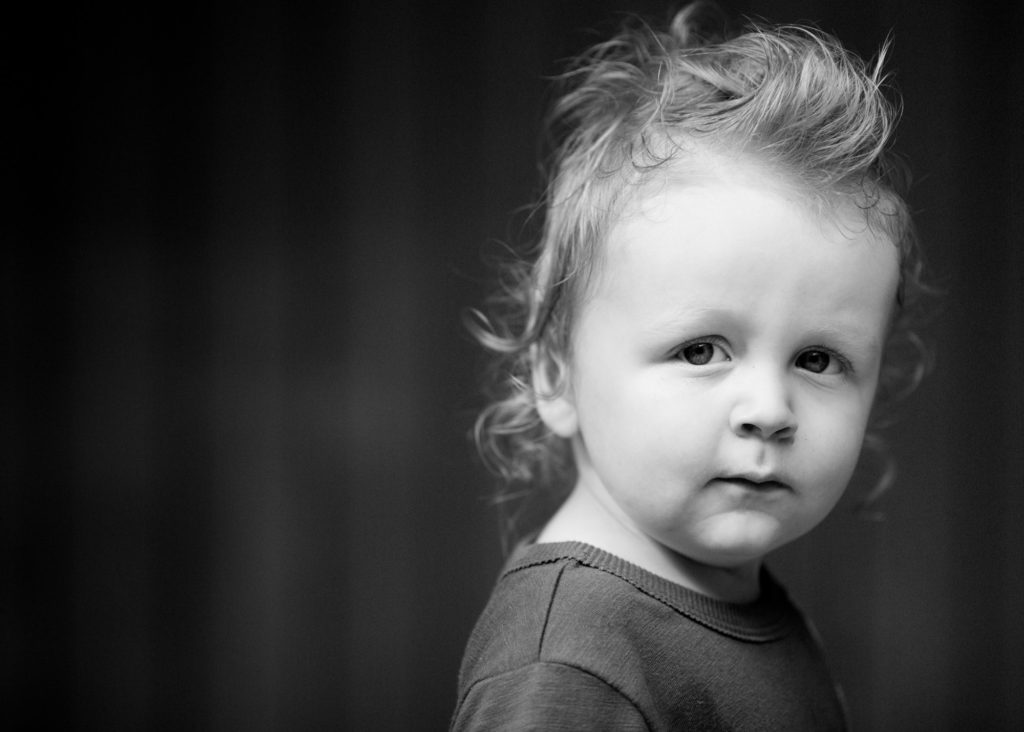
Louise Glendon, CLG
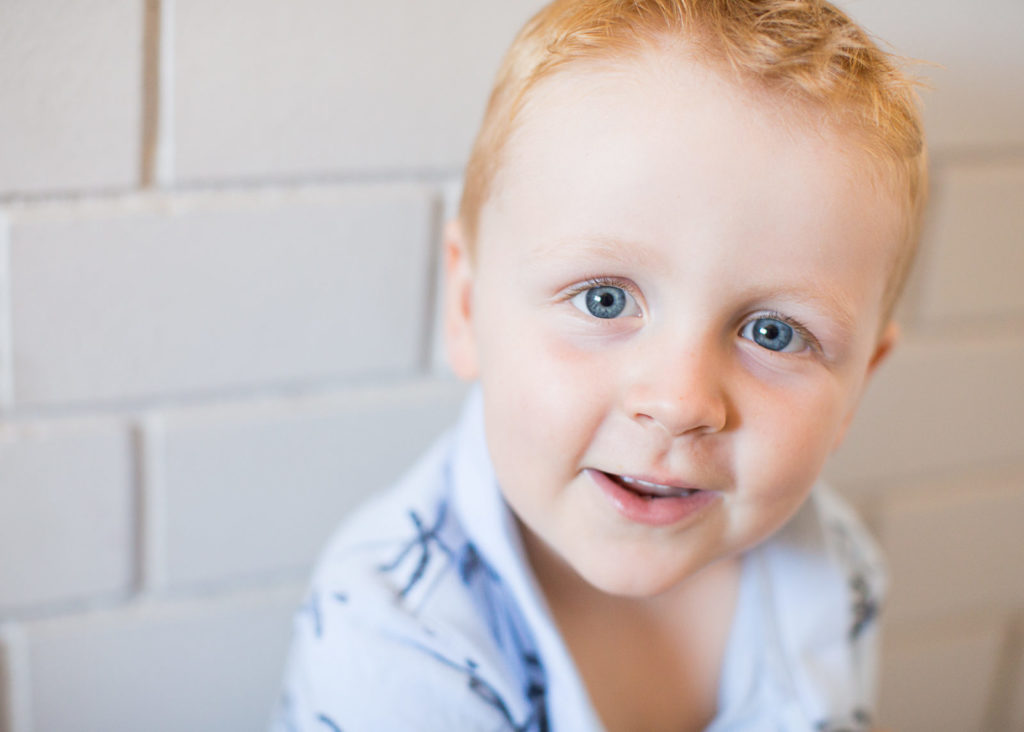
Louise Glendon, CLG
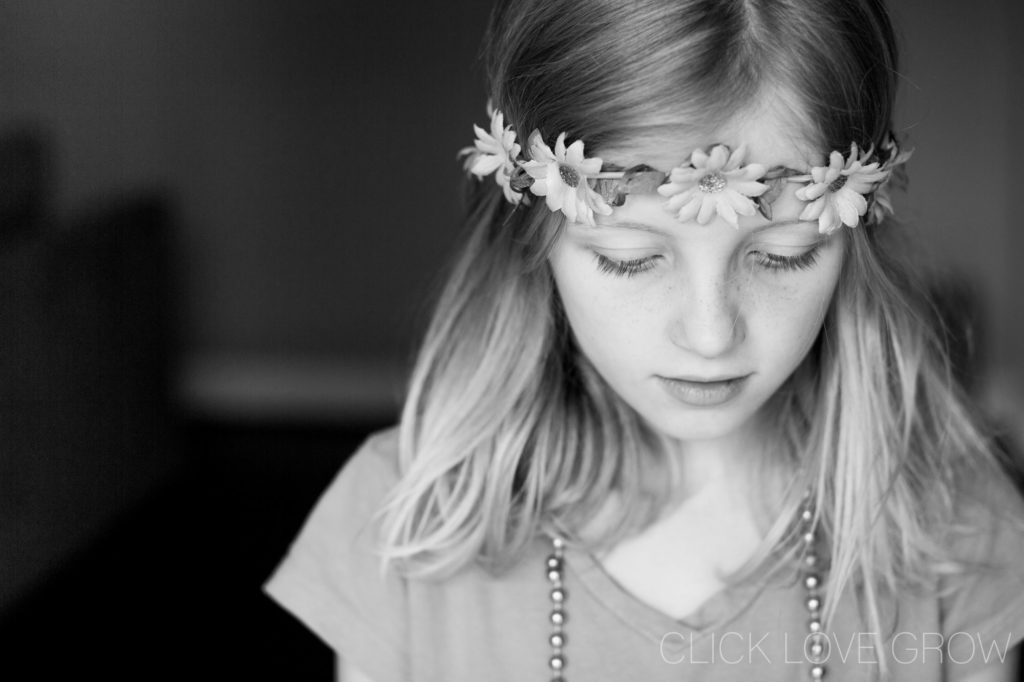
Louise Glendon, CLG
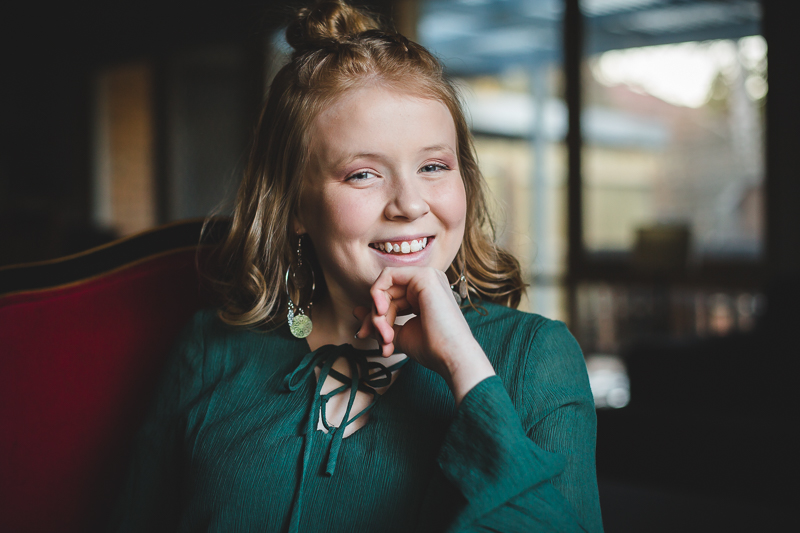
Pam Bradford, CLG Instructor

Pam Bradford, CLG Instructor
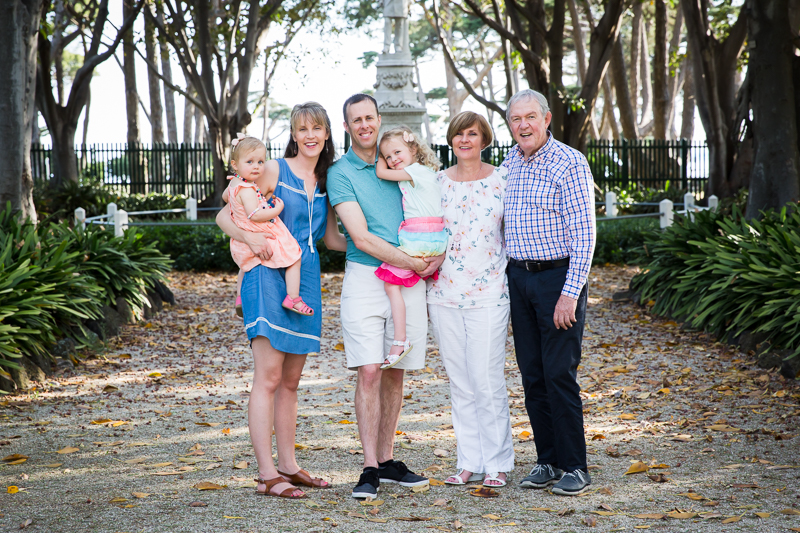
Pam Bradford, CLG Instructor
Related: The Ultimate Guide To Family Portrait Poses
Lifestyle Photography
Lifestyle photography is a much more relaxed type of portrait.
Light
Lifestyle photography uses natural, soft light, and the photographer would ensure it all unfolds in the good light.
Artificial light sources wouldn’t be used, except for a Speedlight used as fill light only when absolutely necessary. However, this isn’t a ‘rule’ of lifestyle photography. Artificial light is simply not conducive to the relaxed nature of this genre.
Location
It’s shot in a natural environment — in other words, in the subject’s own home or the outdoors as opposed to a studio, and you wouldn’t use backdrops.
Posing
You might set up games, activities or situations. However, the big difference between traditional portraits vs. lifestyle photography is that subjects are prompted more than directed. This is only to draw out natural interactions and the emotions that follow.
Prompts might include suggesting an action — e.g. kiss your wife on the cheek — or a pose — e.g. standing behind your wife with your arms around her waist.
Related: 20 Poses for Natural Photos
So how is that different to directing a traditional portrait?
It’s looser and open to interpretation. It’s one prompt, leaving other decisions up to the couple.
So you might tell your subject to stand behind his wife and put his arm around her waist. You’ll stop short of directing them where to put their head, how to tilt their chin, what to do with their hands, such as you would in traditional portrait photography.
You let them do what they would naturally do… the focus of lifestyle photography is on capturing connections and emotion.
You won’t even tell them what to do next until you’re ready for the next pose or prompt.
Presumably — being human and all — your subject might then put his head on her shoulder, nuzzle her hair, or whisper to her. She will naturally respond, and you will capture it all.
So, it’s a small difference in the directing that gives a much different feel, compared to traditional portraiture.
Related: 19 Touching Photos Depicting Love
Why We Love It
Lifestyle photography captures the connections and emotion between family and loved ones in portraits that are relaxed — but a big step above snapshots.
When subjects connect through gentle prompting, emotion comes naturally, creating the potential for beautiful imagery that will be cherished forever.

Merissa Wakefield, CLG Instructor

Merissa Wakefield, CLG Instructor

Merissa Wakefield, CLG Instructor

Merissa Wakefield, CLG Instructor

Merissa Wakefield, CLG Instructor
Related: 33 Stunning Childhood Portraits
Documentary Photography
Documentary photography involves no posing, directing or prompting at all.
Light
It occurs in whatever light the action is happening in. Scary huh?! Well, it doesn’t have to be…
A good understanding of light is essential. As you can’t control your subject’s position in relation to the light, you need to understand light quality, how it falls, and how to make the best of what you’ve got.
It’s fair to say documentary photography won’t be technically perfect, but it doesn’t need to be. It’s about the moments. So don’t be too hard on yourself!
Location
In documentary photography, you shoot whatever is happening, however it’s happening, in whatever light it happens to be in.
The only thing you control is your own position, perspective, settings, and focal length.
Posing (Or How To Compose Without Posing!)
As I said, there’s no posing, directing or prompting whatsoever.
This can make composing a little tricky.
For that reason, an understanding of lens distortion — specifically, how different focal lengths affect the look of your images — is an asset when it comes to creating interesting compositions when you can’t control where and how you place your subjects.
Related: Lens Distortion & Portrait Photography
Why We Love It
The documentary approach is a very authentic style of portrait photography.
For the photographer, it offers an irresistible challenge to create something special when you can’t fully control the light and surroundings.
And for your subjects, it’s a wonderful way to tell the story of a family’s everyday life. The lack of direction leaves room for organic moments to unfold unprompted, resulting in a true family representation.
Related: Tips for Documentary Kids Photography

Lauren Kennedy, CLG Graduate

Lauren Kennedy, CLG Graduate
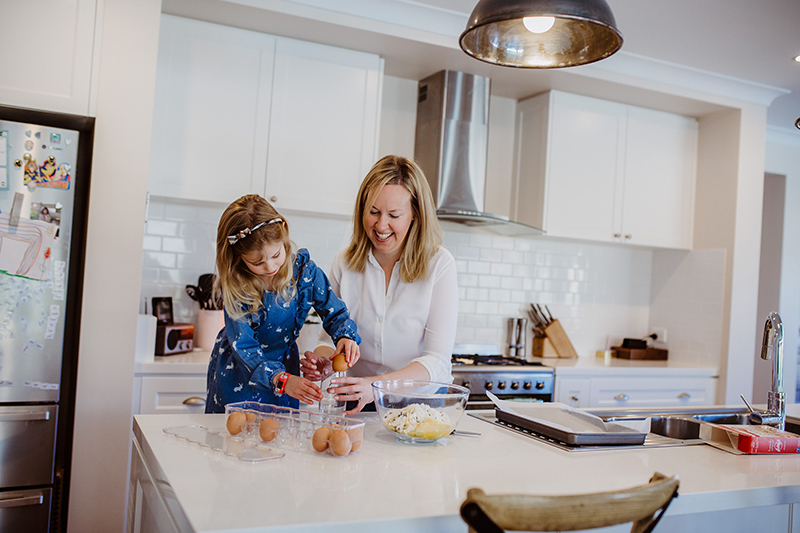
Lauren Kennedy, CLG Graduate
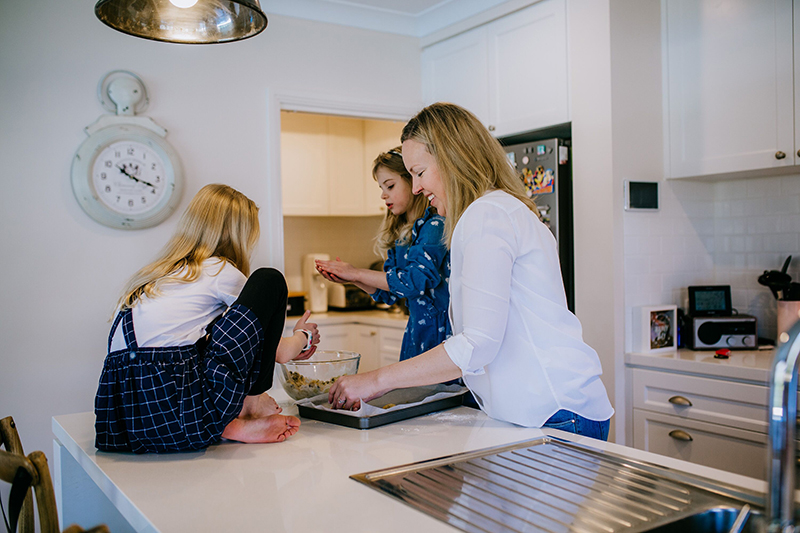
Lauren Kennedy, CLG Graduate

Lauren Kennedy, CLG Graduate

Lauren Kennedy, CLG Graduate
Many thanks to the lovelies Merissa Wakefield and Lauren Kennedy for the beautiful images featured throughout.
Join my new workshop and learn How to Shoot Pro-Quality Photos With Your DSLR… and it’s totally FREE to join! Register here…
JOIN the Free 5 Day Mini Course
5 Days, 5 Videos Lessons = Photos You'll LOVE!
Learn How to Use Your DIGITAL Camera!

Leave a Reply Cancel reply
PRIVACY POLICY & SITE TERMS AND CONDITONS
CLICK LOVE GROW ™ Pty Ltd - COPYRIGHT 2024 ©
x
Join Now
Enter your info below to join the challenge!
Want a friendly reminder when I go live?
Pop in your number and I’ll shoot you a text.
* We will send text reminders for our live calls during the challenge! Reply ‘STOP’ to end or ‘HELP’ for help.
We promise not to ever share your details with anyone or send you spam! Check our privacy policy and terms of service.
Be the first to comment